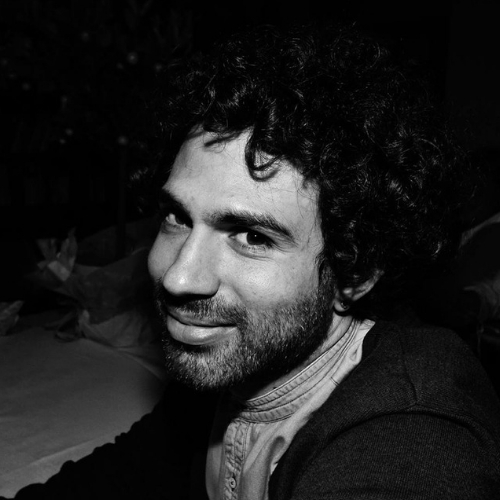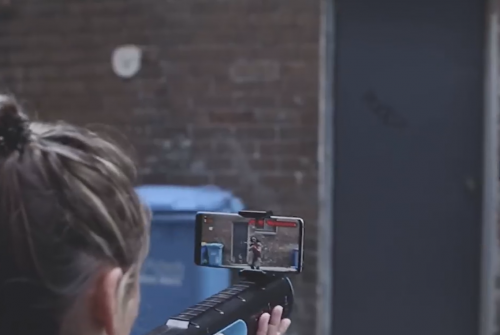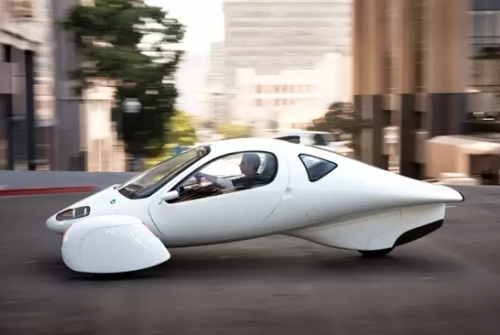Images, sounds and interactivity: here is how to “understand climate change”
22 May 2019 | Written by Thomas Ducato
The exhibition set up in Milan in collaboration with National Geographic places the visitor in front of his responsibilities, involving even the youngest

An immersive experience that takes the visitor into the problem of climate change, using different languages to involve all types of public. This is the exhibition “Understanding climate change“, set up in Milan at the Civic Museum of Natural History. The exhibition is promoted by the Municipality of Milan – Culture, OTM Company and Studeo group, in collaboration with National Geographic and with the President of the Italian Meteorological Society, Luca Mercalli, as scientific curator. Although the exhibition was inaugurated over two months ago, on March 6th, visitors continue to be numerous, so much so that the closure, initially scheduled for May 26th, has been postponed to June 9th.
We at Impactscool Magazine visited it: here’s what we saw.
Between wonder and alarm: a visual and sound experience. The exhibition opens with a visual experience. The first rooms of the exhibition, in fact, are surrounded on all sides by projected images: some very beautiful, which underline how magnificent nature is, and others gray, dark and full of anxiety, evidence of catastrophes due to climate change. Visual storytelling, which puts in opposition what the Earth has to offer and what, instead, it is forced to endure.
The path of the exhibition, however, is not only visual and can already be understood in the second room where four exceptional witnesses speak about their very personal relationship with nature and the planet. They are polar bears, sea turtles, Asian elephants and men and each of them has a story to tell: a narrator explains, in first person, how the life of these species has changed in recent years, in a way capable of transmitting all the suffering of those who are experiencing climate change on their own skin.
Awareness: knowing the problem is the first step to deal with it. After having touched the emotional sphere, the exhibition appeals to the reason and conscience of people, placing them in front of scientific data and evidences. The third space of the exhibition is dedicated to awareness: on the walls, 3 meters high, stand out illustrations and infographics that photograph very well the effects of climate change on nature. Furthermore, two interactive walls allow visitors, especially children, to touch some aspects and learn through play.
Action: for the future of the Earth. There is no more time and we must act immediately. But the future of the planet cannot and must not be a responsibility of a few, we all must do our part. The path ends with bits of advice and good practices, a choice that can be read as a call and an invitation to action. As stated on the website of the exhibition in the note by Luca Mercalli, President of the Italian Meteorological Society: “We live in a crucial moment in the history of humanity – the Anthropocene – in which the awareness of the populations, the position of governments, the revolution renewable energy technology and the ethical choice of more moderate consumption represent the only possibility of reversing a march that leads us to hostile times. As the IPCC points out, “unprecedented measures” are needed as soon as possible.
The educational function. To excite and raise awareness, but above all to educate. The exhibition is aimed at all but perhaps gives a nod to the very young, the leaders of tomorrow and those who have and will have the fate of the Earth in their hands. An obvious choice in different areas of the exhibition (especially in the interactive part) and in the presence of a series of educational proposals associated with the visit of the exhibition: special appointments for families and ad hoc visits for schools and groups. The path succeeds in order to involve the younger, making them touch the disastrous effects of climate change, but at the same time, it sets the objective of making them responsible and giving them hope. “Understanding climate change” and the first step to stop it.





